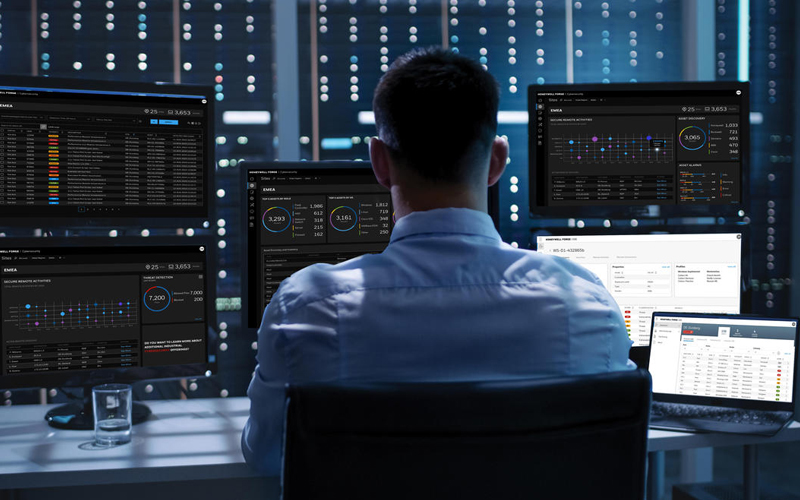A technology-driven world, the importance of centralization
Nowadays all businesses depend on technology, a failure in critical components (applications, websites, logistics systems, networks/stores or others) can generate a breakdown in business processes, losing sales and customer confidence.
Control and visibility of technology systems, which are becoming increasingly complex, is key. And in the same way that a Smartphone simplifies life for users by having multiple functions (no need to carry a camera, recorder, agenda, computer, calculator, etc.) showing everything in the same interface, having all the possible technological risks in a single screen avoids a series of problems that we will discuss in this article.
In this article you will learn how to recognize some of the problems that come with not having your IT ecosystem centralized, and we will also provide IT managers with a useful solution to address these problems.

Let’s talk about Alert Centralization:
The digital fabric of modern enterprises is interconnected by a complex network of monitoring tools. However, having different tools connected often results in a proliferation of alerts that require immediate attention.
If we talk to Technology Managers they will most likely want to have an overview at a glance, if we talk to operational managers they will also want to save steps and go to a single interface. Why?
Here are some headaches caused by not taking care of the centralization of the technological ecosystem.
Problems faced by IT areas when they lack centralization.
1. Multiplicity of views and screens:
This creates a complex scenario for technology managers, who must lead with the difficulty that their different technology areas manage to coordinate and manage the dispersed alerts coming from different IT tools.

2. Misuse of time and resources in problem solving.
In an environment where immediacy plays a crucial role, it is not recommended to rely on manual actions, nor to have incident management dispersed among different people and communication channels.

3. Low Visibility, which generates uninformed decisions:
Having to go to each specific tool to get more insight when an alert is generated can miss valuable information needed to make decisions to grow the business or to make immediate short-term decisions.

4. Risks of being less proactive and more reactive to possible problems.
The dispersion of alerts makes it difficult to identify patterns and trends, which limits the ability to be proactive in the face of potential problems. If it is not known where the alerts are concentrated, there is a risk of not knowing how to implement improvements in a focused manner.

Did you identify with any of these problems?
Don’t worry, you still have time to join the journey to the IT vanguard if you don’t know how to solve any of these problems and want to centralize your systems in a single interface. We leave you a possible paracetamol to your technological headache.
Centralize the status of your IT systems in a single view: 24Cevent.
With 24Cevent you don’t waste time navigating between multiple consoles, you can centralize the different monitoring tools, having visualization and notification of alerts from the complete technological ecosystem. It provides a global view to analyze business operations and make strategic decisions.
Automating the IT incident management process, but with absolute control of business times, customizing notification according to criticality or prioritization. With all IT incidents in one place, you can record patterns and trends in performance to troubleshoot technology problems.
If you identified with a headache and would like to provide a solution for your business, do not hesitate to request a brief presentation with a specialist by clicking here.

